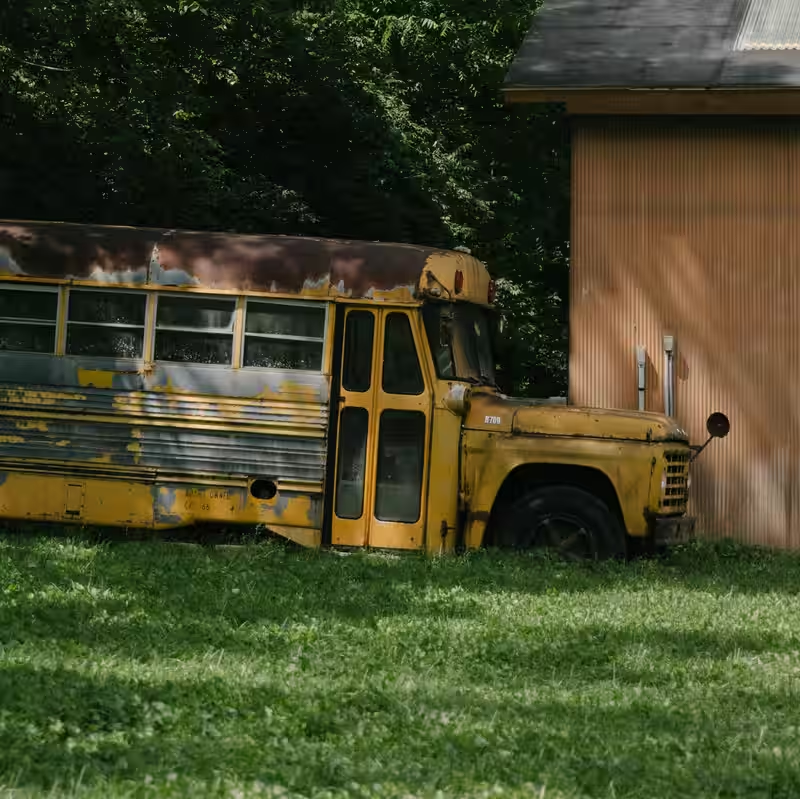Table of Contents
- The Golden Era of Bipartisan Education Reform
- When Democrats Shifted Away from Accountability
- The Alarming Rise in Educational Inequality
- Screens, Short Videos, and the Collapse of Literacy
- Can the Tide Be Turned?
- Sources
The Golden Era of Bipartisan Education Reform
For decades, education reform was a rare bright spot in America’s often-divisive political landscape. From Franklin D. Roosevelt’s New Deal to Lyndon B. Johnson’s War on Poverty, Democrats championed policies aimed squarely at reducing inequality through better access to quality education.
Fast forward to the early 2000s: President George W. Bush, a Republican, teamed up with Democratic leaders to pass the No Child Left Behind Act—a landmark law that brought unprecedented accountability to public schools. The results? Between the mid-1990s and 2013, student achievement in reading and math soared across the board, with the biggest gains seen among Black and Hispanic students.
Key Gains Before 2013:
- Math scores below “basic” for 8th graders dropped from 48% (1990) to 26% (2013)
- For Black students: below-basic math scores fell from 78% to 48%
- For Hispanic students: below-basic math scores fell from 66% to 38%
When Democrats Shifted Away from Accountability
But around 2013, something changed. National test scores plateaued—and then began to decline. The most troubling part? The drop hit disadvantaged students hardest. And while many factors contributed—budget cuts after the 2008 financial crisis, for one—the shift in Democratic education priorities played a critical role.
Where once Democrats pushed for rigorous standards, data-driven instruction, and school accountability, the party’s focus turned toward identity politics, curriculum debates, and resistance to standardized testing. Meanwhile, many Republican-led states doubled down on charter schools, school choice, and performance metrics.
The Alarming Rise in Educational Inequality
Ironically, this pivot has had the opposite of its intended effect. Rather than leveling the playing field, the retreat from accountability has widened the achievement gap. Students from low-income families—who rely most on public schools—are now falling further behind their wealthier peers.
As David Brooks notes in his New York Times column, “Outcomes are becoming more and more unequal, and the life opportunities for American young people are becoming more unequal, too.”
Screens, Short Videos, and the Collapse of Literacy
Another major factor since 2013? The explosion of screen time—especially passive consumption of short-form video content. While reading builds logical reasoning and sustained attention, endless scrolling trains the brain for distraction, not depth.
“If you use screens to passively consume short videos, you’re basically committing intellectual suicide,” Brooks writes, echoing concerns from educators and cognitive scientists alike.
And here’s the kicker: schools that once fought to limit screen time now hand out tablets as standard learning tools—with little oversight on how they’re actually used.
Can the Tide Be Turned?
Reversing this trend won’t be easy—but it starts with recommitting to what once worked: high expectations, measurable outcomes, and a belief that every child, regardless of zip code, deserves a rigorous education.
That means Democrats may need to revisit their own legacy—not with nostalgia, but with honesty. Because right now, on the issue of education inequality, the party once known for lifting up the underdog is unintentionally leaving them behind.




